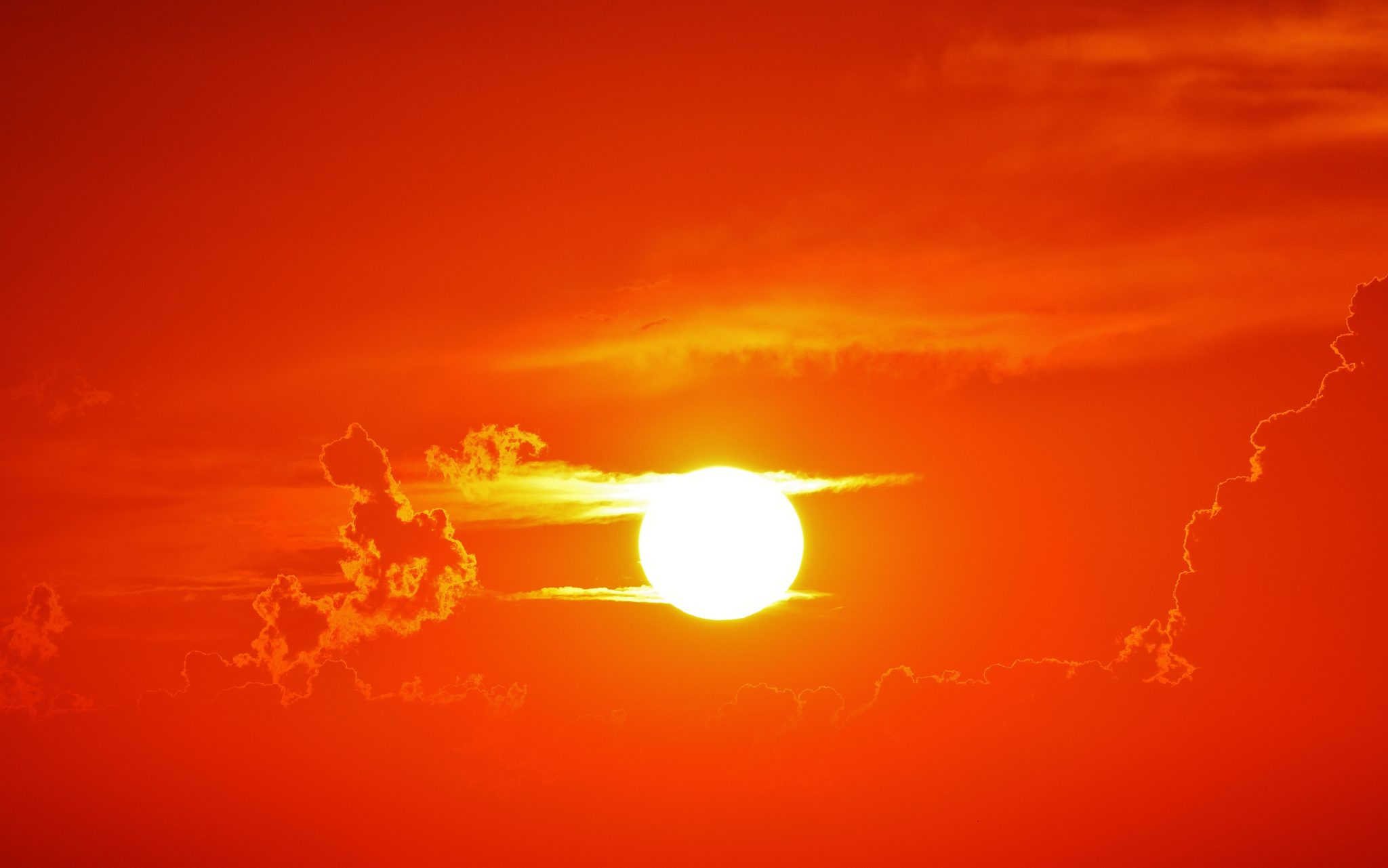We live in an era of unprecedented health consciousness, as well as an era of unheralded contradiction, driven largely by magazines, newspapers and other media outlets pumping out either what we want to hear or what we are too afraid of to ignore.
“Good fats” keep us skinny, drinking beer “prevents cancer”, and zero calorie fizzy drinks make you fat. As we all strive to become healthier versions of ourselves, usually in a thankless and fruitless attempt to achieve the impossible standards of beauty that social media demands of us, there is a full and varied buffet of health “knowledge” catering to everyone’s own palate. By that I mean we can pick and choose the articles and stories we read based on what we want to believe is healthy.
One striking health contradiction, is that of a “healthy tan” versus a “healthy white complexion”. It is a widespread contradiction and one that you may well have encountered if you have ever seen a Chinese tourist strolling through the streets on Oxford underneath an umbrella on the sunniest day of the year, or indeed, if you have ever witnessed a Brit proudly searing themselves on a foreign beach.
The wealthy in the west will buy bronzers, literally fry themselves on tanning beds, and form travel itineraries based entirely around maximal sun exposure. Whereas, the wealthy in the east push the envelope of skin tone in the opposite direction, they buy deodorants that contain skin whiteners, avoid sunlight at all costs, and some will even fork out for skin-lightening injections. Each way of life disturbing in equal measures to members of the opposing skin colour cult.
Indeed, in this instance it is blatant that “healthy” is misnomer, and you could be describing your friends returning from the Algarve as having a “wealthy tan” rather than a “healthy” one.
Sun Exposure Pros and Cons
Pros
- Our skin can use sunlight to synthesise vitamin D from a cholesterol precursor, this vitamin plays an integral role in ensuring our bones stay dense and healthy, and also plays a role in immune function. For our skin to do this, we need UVB sunlight meaning that SPF 8 sunscreen will decrease vitamin D production by 95%, thankfully we can also hit our vitamin D requirements through dietary means as it is naturally found in egg yolks, fatty fish and certain mushrooms, additionally it is often added to “fortified” cereals, milk and juices.
- Sun exposure helps us regulate our sleep cycles. We are evolved to be active during sunlight and asleep in its absence. Sunlight (and light in general) slows our body’s melatonin production. Melatonin is important for good quality sleep, and a big part of why people sleep better in complete darkness and without exposure to light from screens prior to bedtime.
Cons
- The sun emits a broad spectrum of radiation, a big deal of which is glorious visible light, but another large swathe is ultraviolet (UV) radiation, which causes sunburn, premature skin aging and skin cancer, none of which are awfully healthy.
- As well as skin conditions, sunlight can also cause all manner of eye problems, including; cancer, cataracts and macular degeneration
Skin whitening can also be an alarmingly dangerous affair, with possible risks including mercury poisoning, skin thinning, and kidney/liver damage depending on the mode of whitening elected. However, rather than citing all the various diseases it can cause I will attempt to debunk the rationale for both tanning in the west and whitening in the east.
Both practices are, in a way, shallow and semi-transparent attempts at broadcasting your perceived social status. In the west a tan paints a picture of somebody affluent enough to enjoy the outdoors and travel to places of intense solar penetration. In the east, a pale complexion reflects being a member of a social class with no obligation to work a manual labouring job, as working on the roads, in the fields, or in construction all come with a high level of sun exposure.
Social media is the obvious place to dump the blame for this unhealthy habit, but to do so would be lazy. For all the criticism Instagram, Snapchat etc receive for creating unattainable standards and unhealthy social constructs, they are fundamentally just a medium for the rapid spread of misinformation, absurd demands and grotesque standards, as demanded by celebrities, “experts” and other members of society. Social media was designed to make the world smaller, to facilitate social interaction, it is what we choose to circulate through these means that drives our problems.
Is investing heavily in altering our complexions that ultimate way of illustrating our supposed social status? Maybe, it is relatively discrete and certainly less crass than uploading pictures of all the material objects you could have otherwise spent your money on. Moreover, it is deeply entrenched into our culture, so more widely accepted as a sign of status than any particularly brand (one man dreams of wearing a Rolex, the next thinks they are too tacky). So, what else could you do? Going back hundreds of years, the wealthy used to differentiate themselves from the rest of us by getting fat beyond imagination (not recommended) but with battery farming and fast food, we can all afford to do that now.
The perfect formula for us to demonstrate our social status that is intrinsically and inexplicably linked to our self-worth and perceived attractiveness, whilst avoiding doing so in an unhealthy and dangerous manner, would be simply to use our social media presence to present photos of our bank balanace and all of our significant assets. But, this idea is obviously absurd and non-starter, not because it fails to accurately depict our wealth and social class, but because it would do so too well. Tanning and whitening are, after all, just one weapon that our generation have in our arsenal of smokescreens and illusions for artificially heightening our perceived social status. Indeed, the truly elite in terms of financial and social status do not often care for tans because they have nothing to prove. The lesson to be taken here is that to stop the dangerous practices described above, we need to use social media (and any other vehicles available) to promote self-satisfaction regardless of social statues and attempt to detach self-worth from superficial and material imagery.
If you enjoyed what you read here you can follow us on Facebook, Twitter, and Instagram to keep up to date with everything we are covering, or sign up to our mailing list here!



![Chatter #376 – Patricia Pino: Can’t We Just Print Our Own Money? [The Lies About Inflation]](https://thejist.co.uk/wp-content/uploads/2025/02/Copy-of-chatter-thumbnail-9-150x84.png)







